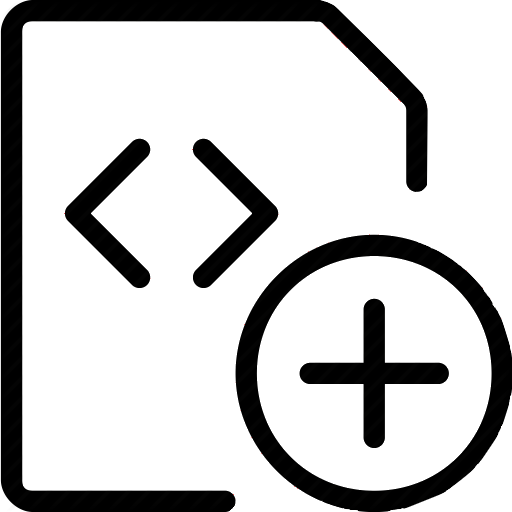
Most existing natural language interfaces to databases (NLIDBs) were designed to be used with ``snapshot'' database systems, that provide very limited facilities for manipulating time-dependent data. Consequently, most NLIDBs also provide very limited support for the notion of time. The database community is becoming increasingly interested in _temporal_ database systems. These are intended to store and manipulate in a principled manner information not only about the present, but also about the past and future. This thesis develops a principled framework for constructing English NLIDBs for _temporal_ databases (NLITDBs), drawing on research in tense and aspect theories, temporal logics, and temporal databases. I first explore temporal linguistic phenomena that are likely to appear in English questions to NLITDBs. Drawing on existing linguistic theories of time, I formulate an account for a large number of these phenomena that is simple enough to be embodied in practical NLITDBs. Exploiting ideas from temporal logics, I then define a temporal meaning representation language, TOP, and I show how the HPSG grammar theory can be modified to incorporate the tense and aspect account of this thesis, and to map a wide range of English questions involving time to appropriate TOP expressions. Finally, I present and prove the correctness of a method to translate from TOP to TSQL2, TSQL2 being a temporal extension of the SQL-92 database language. This way, I establish a sound route from English questions involving time to a general-purpose temporal database language, that can act as a principled framework for building NLITDBs. To demonstrate that this framework is workable, I employ it to develop a prototype NLITDB, implemented using ALE and Prolog.